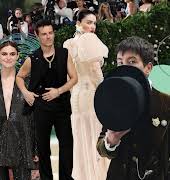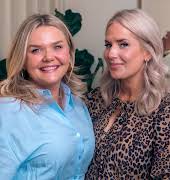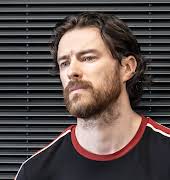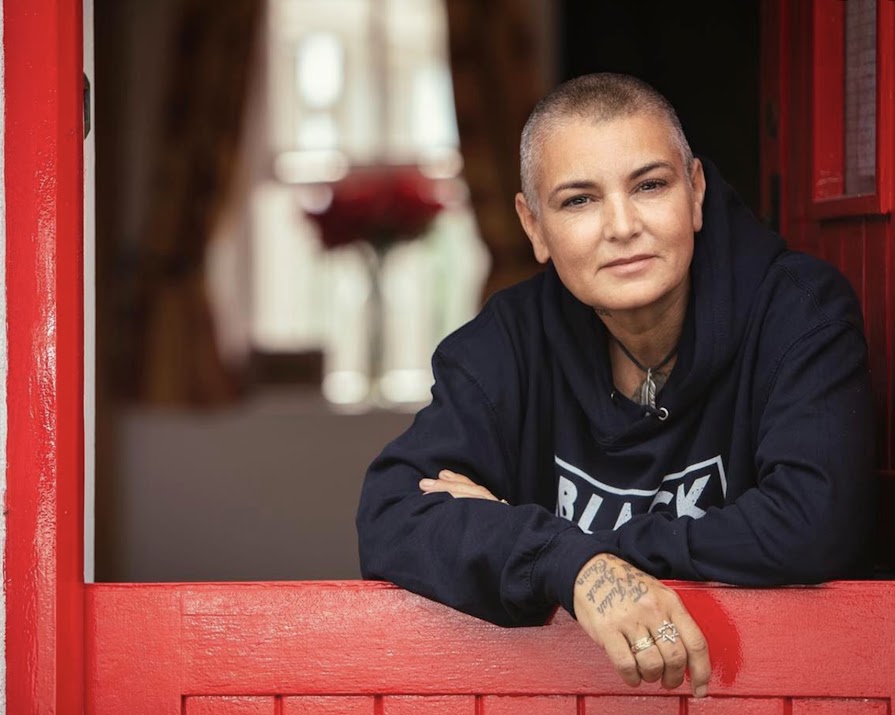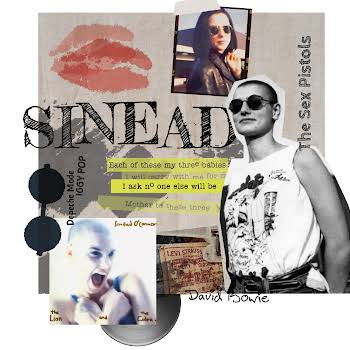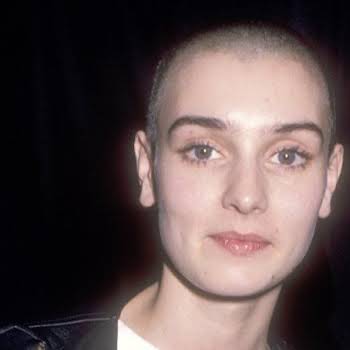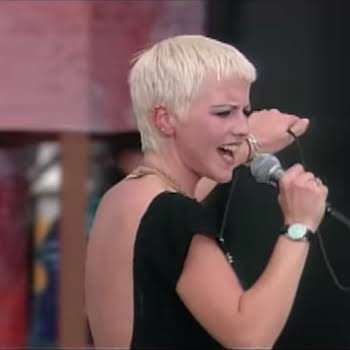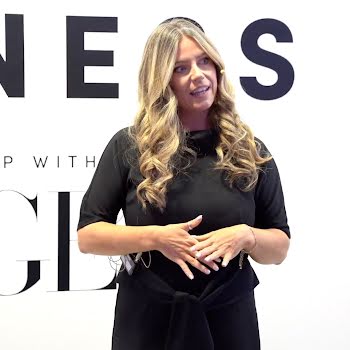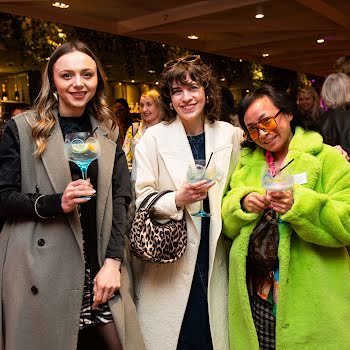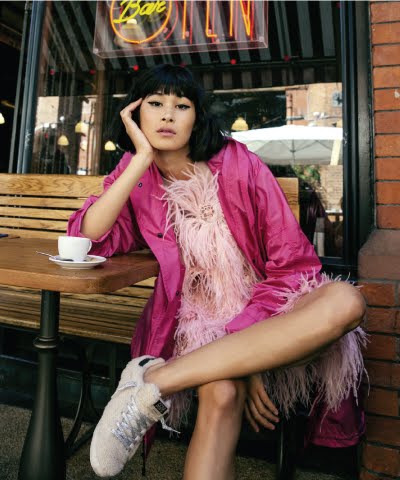
By Amanda Cassidy
27th Jul 2023
27th Jul 2023
The self-professed 'protest singer' was determined, through her music, to "force a conversation where there was a need for one." But beneath all that fierceness and controversy, there were vulnerabilities that seemed insurmountable. Amanda Cassidy remembers the iconic musician with the haunting voice
I was twelve on holidays in a small rural campsite in France when I first fell in love with Sinéad’s music. For two weeks I listened to her songs, the lyrics, the powerful messages portrayed with that airy assurance. I’d never heard anything like it; the gentleness and mightiness coming together to create something so special, even to my tweenage ears.
On the last day of Eurocamp, I took the microphone at the lunchtime Karaoke by the pool and sang the emotionally-charged Nothing Compares To You for the other holidaymakers.
The reworked Prince ballad is no poolside bop, but it momentarily silenced the vigorous waterpolo games. Whether or not it was my childish warble or the power of how Sinead had made it her own, as far as I was concerned, a kinship had begun.
Out-spoken
Everyone has their moment with the singer. And that connection speaks volumes about the reach Sinéad O’Connor had as a performer. That’s also the reason our social media feeds are full of sorrowful messages to the tragic icon who died this week aged 56.
Sinéad will forever be remembered for the video of that single in which she captivated viewers as she sang the song with tears rolling down her face. Nothing on screen except her shaved head, porcelain skin and sad eyes. She said in an interview for the documentary Nothing Compares that the reason she cried during that video was for her mother who she claims abused her as a child.
“I didn’t know I was going to cry when I sang in the video [for Nothing Compares 2 U], because I didn’t cry in the studio. I think it happened because there was a big eye (camera) on me. Every time I sing that song I think of my mother. I never stop crying for my mother. I couldn’t face being in Ireland for 13 years because of it. I never called home and it took me 25 years to stop crying.”
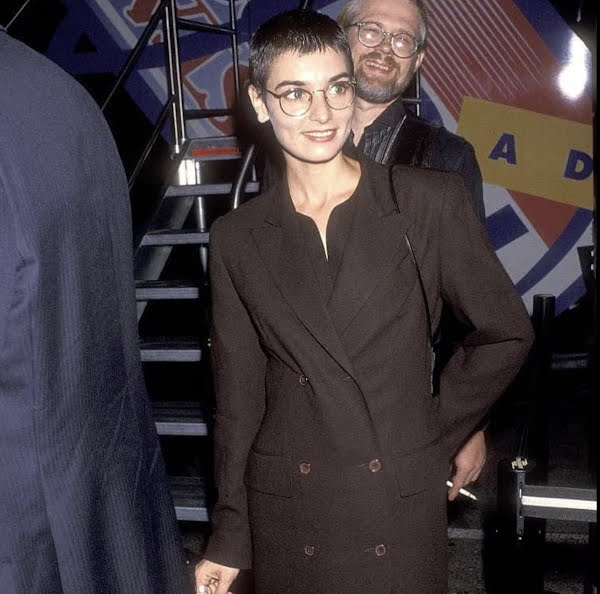
“I think it’s funny that the whole world fell in love with me because of that crying in the video. I then went and did lots of crying and everyone said ‘you crazy b*tch’ but they fell in love with that tear because it was a mirror on themselves.”
It was that label that would go on to haunt her in the media. But she risked it all to speak her truth.
It started with her now iconic performance on Saturday Night Live in which she tore up a picture of the Pope (John Paul II), declaring we should join her in ‘fighting the real enemy’.
Her performance earned global recognition with the New York Daily News labelling her a ‘holy terror’. A few weeks later, she defended her actions with an open letter linking the abuse she experienced as a child to the influence exerted by the Catholic church in Ireland.
“It must be acknowledged what was done to us so we can forgive and be free. If the truth remains hidden then the brutality under which I grew up will continue for thousands of Irish children. And I must by any means necessary WITHOUT the use of violence prevent that happening because I am a Christian. The Catholic Church has controlled us by controlling education. Through their teachings on sexuality, marriage, birth control and abortion. And most spectacularly through the lies they taught us with their history books.”
Vulnerable
She has consistently advocated on behalf of abused children. Of course, the Catholic church was a legitimate target for her, given she was an Irish single mother in a country where abuse was rampant at the same time as sex was mooted as a sin. The church was the hierarchy across the spectrum of Irish life – in the community, across the schooling system and even in sports.
As a 15-year-old, Sinéad was arrested for shoplifting and as a result, spent 18 months in a Magdalene Asylum run by the Order of Our Lady of Charity. Unsurprisingly she had a difficult time conforming. Unruly students there were sometimes sent to sleep in the adjoining nursing home, an experience of which she later commented, “I have never—and probably will never—experience such panic and terror and agony over anything.”
In her book Rememberings the singer spoke about how everywhere she went, the system turned a blind eye to what was going on. “I went to school every day covered in bruises, boils, sties and face welts, you name it” she admitted. “Nobody ever said a bloody word or did a thing.”
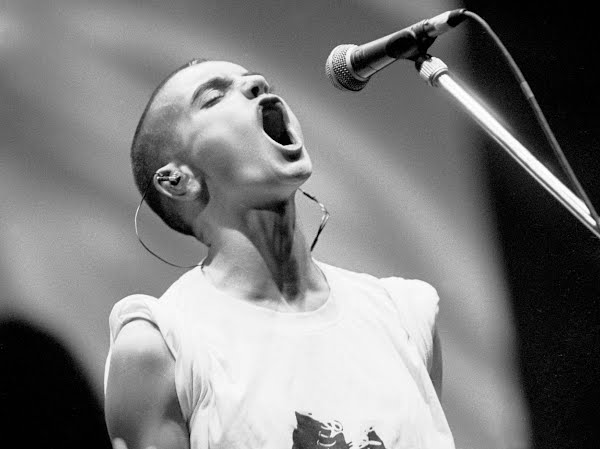
Let down
She also accused her parents of physical abuse growing up. Her brother Joseph denies their father had any part to play, but agreed that their mother used extreme and violent abuse against them both physically and emotionally. She later wrote a letter to The Irish Times in 1993 asking people “to stop hurting” her. “Our family is very messed up. We can’t communicate with each other. We are all in agony. I for one am in agony.”
The agony Sinéad felt about the system that had allowed the abuse to happen to her was extremely controversial at the time. Nobody had spoken out like this before. Nobody had had the platform, let alone the courage to use it to call out the wrongs she had experienced growing up.
She championed the underdog, stood up for what she believed in. Used her voice in so many more ways than singing. And there was so much magic in that.
And it wasn’t just about how she was let down. Sinead threw her weight behind other causes she really believed in. She previously refused to play The Star-Spangled Banner before a show and boycotted the Grammy awards the year she was nominated, writing a letter to the Recording Academy that the awards “acknowledge mostly the commercial side of art” and “respect mostly material gain.”
Truth-seeker
Sinéad O’Connor had no desire for fame. But she had a lot to say. “Everyone wants a pop star, see?” she wrote in her 2021 memoir, Rememberings. “But I am a protest singer. I just had stuff to get off my chest. I had no desire for fame.”
She championed the underdog, stood up for what she believed in. Used her voice in so many more ways than singing. And there was so much magic in doing that.
But there was also so much pain.
The singer struggled with her mental health – both publicly and privately. Dismissed frequently as “crazy”, the coverage of her mental health prompted her to plead with the Irish media to leave her alone, writing “It’s become a national pastime treating Sinéad O’ Connor like a crazy b*tch”. Two years ago, she posted a video to Facebook admitting she was suicidal. “I am one of millions … people who suffer from mental illness are the most vulnerable people on earth, we can’t take care of ourselves, you’ve got to take care of us,” she said in the video.
She held a mirror up to the wrongs and demanded they be put right.
“My entire life is revolving around not dying, and that’s not living.” In a previous post in November 2015, she said she had “taken an overdose”, and a police search was launched for her in May 2016 after she briefly went missing in Chicago, sparking fears for her wellbeing.
Then, last year her 17-year-old son died by suicide. Her final social media post where she had shared a picture of Shane, Sinéad wrote alongside it: “Been living as undead night creature since. He was the love of my life, the lamp of my soul.”
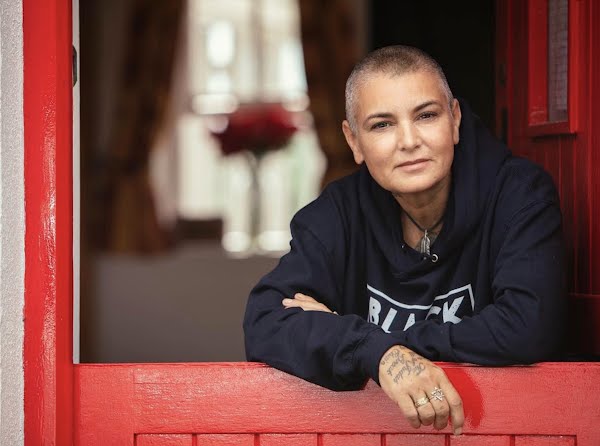
She was found unresponsive in her South London home this week. Her family, including her three surviving children, have appealed for privacy.
The singer’s identity with which we’ve come to associate her trademark shaved head and take-no-prisoners attitude, was also about her unique mix of strength and vulnerability. Sinead became the voice that highlighted the failures that were happening in our society. She held a mirror up to the wrongs and demanded they be put right.
Sadly, it seems that she struggled to find the very peace she was fighting to achieve for others. Her music will continue to haunt generations like it did me. And her poignant words about perseverance and truth will live on, just like the music she bloomed in our hearts; “They tried to bury me,” she pointed out, “but they didn’t realise I was a seed.”
Rest in real peace, Sinéad O’Connor.
Feature image via Facebook, Sinead O’Connor




